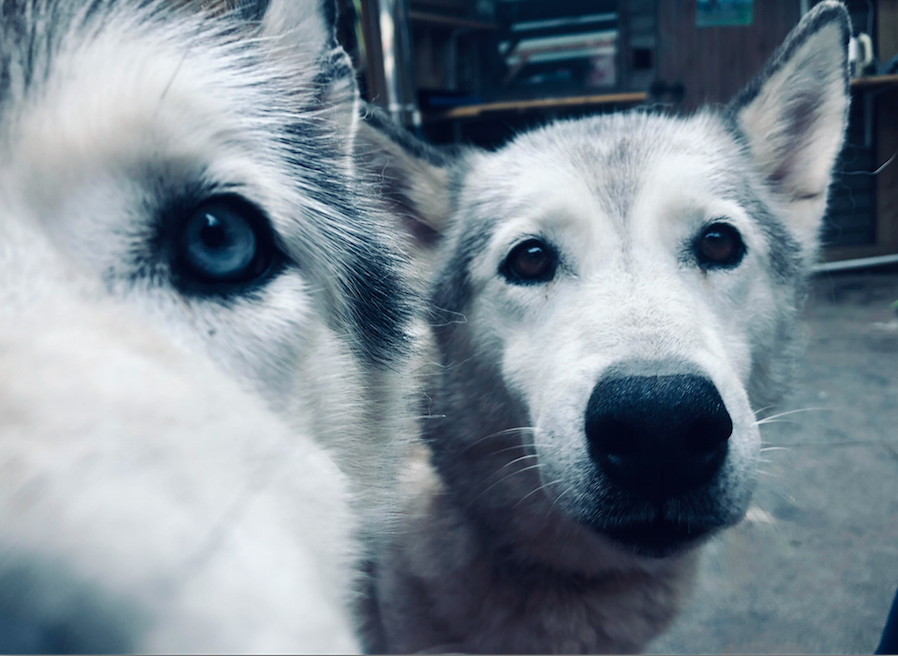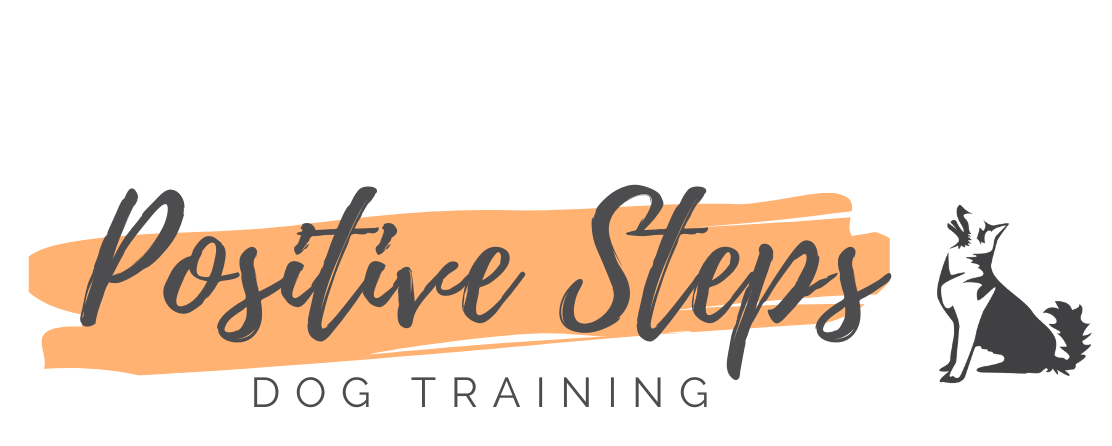
Have you ever been told that if your dog walks in front of you on the lead then he wants to be pack leader? Or if he goes through an open door before you then he is asserting his dominance? If so, you can forget about those myths that are based on outdated, disproven scientific claims, and read on to understand whats really going on with our dogs!
Myth 1: Dogs will only respect and obey you if you show them that you are alpha.
While dogs do need effective leadership from us, the idea of dominance and ‘being alpha’ is a highly complex and misunderstood concept. Dogs are clever, they know that we are not dogs, and most dogs simply want safety and the things that make them feel good! Instead of trying to place yourself as ‘alpha’ or ‘pack leader’, think about guiding your dog into making the right behavioural choices by building a common language, rewarding good behaviour and redirecting bad behaviour.
Myth 2: Positive training stops working when you take away the treats.
Using high-value treats when training a new behaviour is an invaluable tool to motivating your dog to learn. Once the behaviour has been established, the high-value treat is used intermittently and eventually swapped out for a lower-value reward, such as praise. By using intermittent reinforcement, your dog will reliably respond to your commands as it anticipates the next time he will get his reward!
Myth 3: Positive training doesn’t work on aggressive dogs.
The truth is in fact the complete opposite – positive reinforcement is most powerful on dogs suffering from high stress and anxiety levels. These methods work to completely change the way a dog perceives a certain situation or thing, turning a fear response into one of positive feelings! Aggression in dogs is serious, and domineering, ‘quick-fix’ training methods do not address the underlying issue. Trainers/owners should work to make their dogs feel safe and happy while working to understand the cause of the anxiety, enabling them to effectively change the dogs behaviour while building on the trusting relationship between dog and owner.
Myth 4: My dog isn’t an intelligent breed and doesn’t learn!
Regardless of your dogs breed, he can and will learn the commands you teach to him. Every dog is different, and some may just require more time, patience and commitment when teaching new commands and behaviours. Learning what motivates your dog, whether that be food or toys, and understanding your dogs attention span, will go a long way when trying to train new behaviour.
Myth 5: You can’t teach and old dog new tricks.
Most of us know by now that this is just not true. Any dog, no matter what age, is capable of learning new behaviours if they are shown how. Training new behaviours into older dogs, who have been displaying unwanted behaviours for many years, just takes more time and patience than training a new puppy!
Myth 6: Rubbing your puppy’s nose in his ‘accidents’ will help to house train him.
By the time you find your pup’s accident, they have forgotten about it completely. By forcing your dogs nose into his ‘mess’, you are not teaching him that you don’t want him to toilet in the house, but are increasing the chance that your pup may become fearful of relieving his bowels in front of you, increasing the likelihood of toilet accidents in the home.
Myth 7: Dog trainers will tell me that my dog shouldn’t be on the bed or on my sofa!
While there are many dog trainers out there that will tell you to train your dog to get off the sofa and not go onto your bed, I am a firm believer that as long as your dogs behaviour is not dangerous to you or to others, then it is your choice to make and there is no judgment here!

If you would like more information on positive training techniques, please get in touch.
